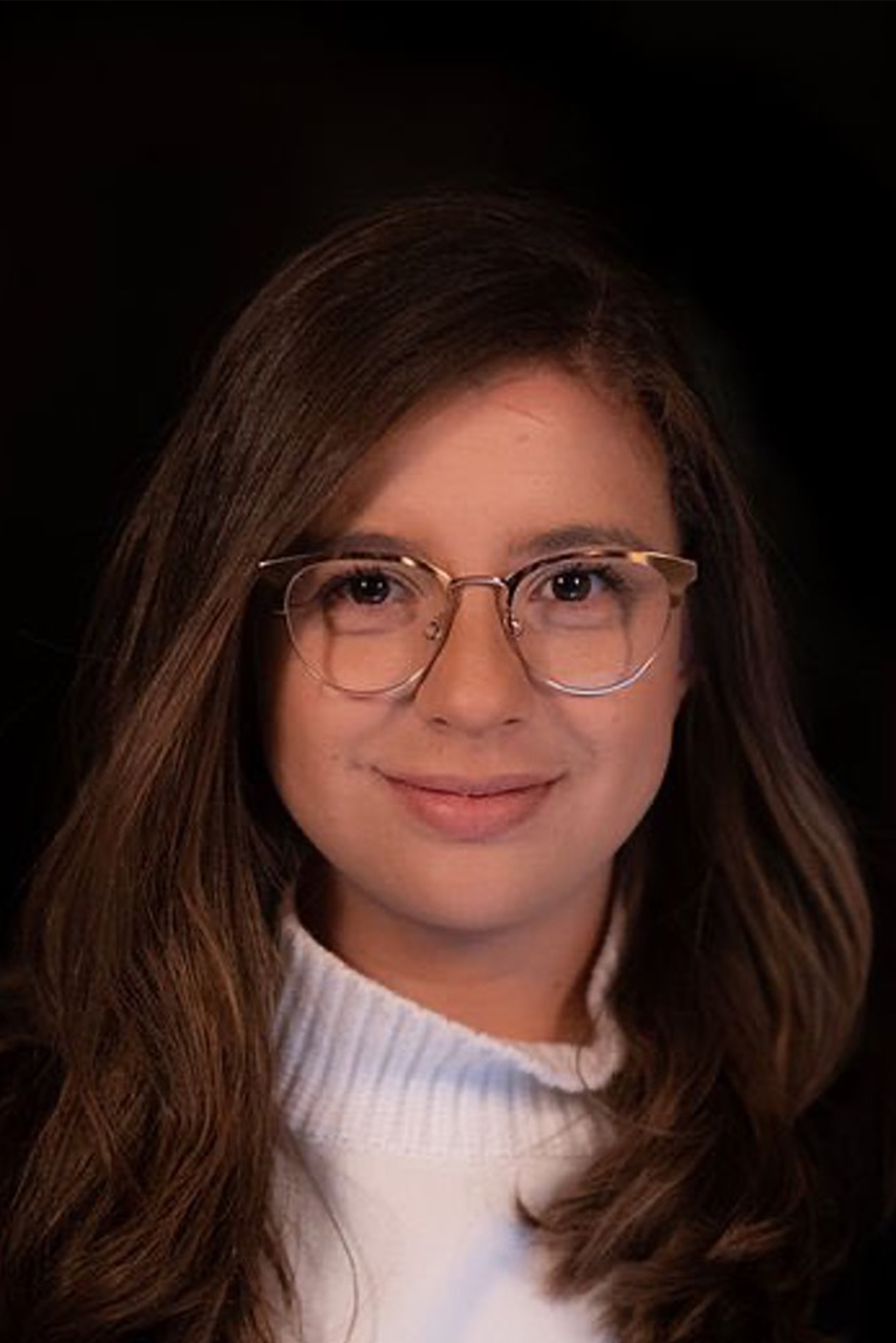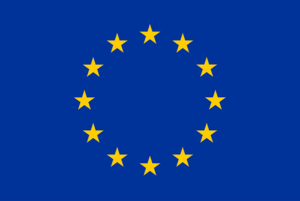Andrea E. Balza Morales
Results-driven geoscientist with extensive knowledge in geophysical data analysis, survey planning, data processing and geophysical inversion. Communicative, personable, and team player. Interested in gaining experience in developing and applying new technologies that explore and monitor Earth’s natural resources. Fluent in several coding languages.
- Since 2021: Ph.D. Student, RWTH Aachen, Germany – ETH Zurich, Switzerland
- Processing Geophysicist – EDCON-PRJ – Lakewood, Colorado, USA (May 2012-March 2021)
- MSc Geophysics, Colorado School of Mines – Golden, Colorado, USA (Aug 2016- May 2017)
- BSc Geophysical Engineering, Universidad Simón Bolívar – Caracas, Venezuela (May 2012)
Project Title: Geometry-based joint geological-geophysical inversion
Host Institutions: RWTH Aachen, ETH Zürich, Geophysica, Fraunhofer IEG
Supervisory Team: Florian Wagner, Hansruedi Maurer, Rolf Bracke, Renate Pechnig
Start date: 1.3.2021
ESR Objectives:
Imaging of geological structures with sharp parameter changes across layer boundaries is challenging using conventional smoothness-constrained inversion of geophysical data sets. Advanced regularization approaches consider constant geostatistical properties throughout the parameter domain and therefore fail to capture the complexity of 3D geological models including fault networks, fault–surface interactions, unconformities and dome structures.
We evaluate here geometry-based inversion using an implicit potential-field interpolation approach for an optimised representation of complex 3D reservoir models with low parametrizations.
This implementation has the potential to significantly improve reservoir models and associated process simulations to enable simplified model update with novel information.
Research Update
Over the past two years, progress has been made in realizing the envisioned secondments outlined within the project. This period involved a research stay at ETH Zurich, where rigorous processing and inversion of ERT and seismic data originating from the Mont Terri Underground Laboratory were conducted. Notably, these datasets served as a pivotal case study for assessing the efficacy of the structure-based inversion technique, illustrating its usefulness in reconstructing fault geometry with marked success.
During the internship at Fraunhofer, a gravity survey was executed, yielding some insights into the characterization of a fault situated in Straelen, for prospective geothermal development efforts. Furthermore, the analysis of 3D ERT data was undertaken during the internship at Geophysica, delving into the comparative effects of 2D versus 3D configurations.
Looking ahead, the immediate steps involve finalizing the development of the structure-based inversion algorithm. The findings of this work are planned to be written in two separate publications.



 This project has received funding from the European Union’s Horizon 2020 research and innovati
This project has received funding from the European Union’s Horizon 2020 research and innovati